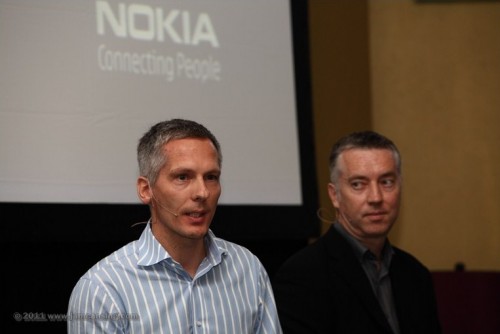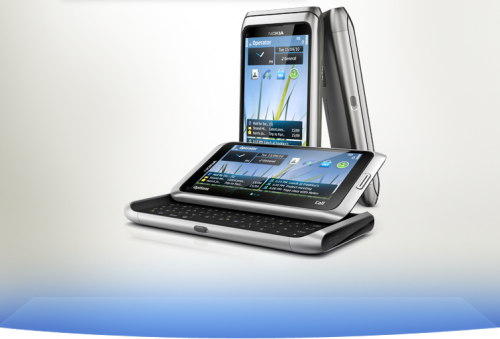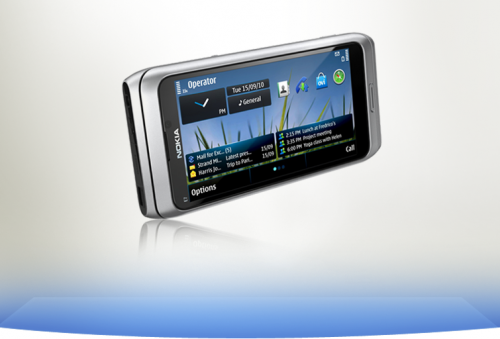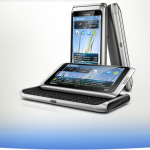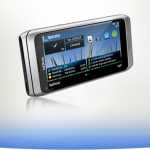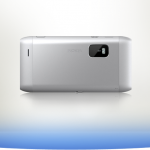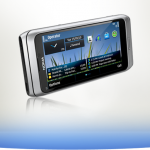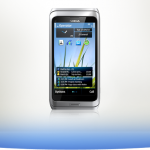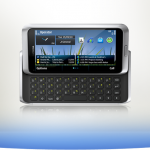Having been in the spotlight these past two weeks for getting in bed with Microsoft, Nokia faced some hard questions on its product roadmap yesterday in Singapore, where it launched a business smartphone that sported the now-unfavoured Symbian operating system.
Just how would Nokia position the new E7, now that newer Windows Phone devices would be out in the coming months? Would the software onboard be updated over time? Just how good is the phone itself?
These questions were levelled at Nokia executives, who themselves could be just as swept by the changes at the company as anyone watching on the outside in the past two weeks, when CEO Stephen Elop finally revealed that it would start using Windows Phone software in future smartphones.
The E7 thus comes at a difficult time for Nokia. For want of a better phrase, it suffers from “identity crisis” during a period of transition for the company.
E7 first look
The E7 itself is a beautiful piece of work. Its form factor is similar to the N97: a touch screen slides up in a tilted angle to reveal a full QWERTY landscape keyboard that is a joy to type on. Unlike the N97, the E7 features a 4-inch AMOLED capacitative touch screen (640 x 360) with Nokia’s ClearBlack technology.
An 8-megapixel camera capable of recording 720p video resides at the back. 16GB of built-in storage means plenty of space for your media and an HDMI port lets you share said media on a larger screen with others. You can even connect a USB flash drive to the phone, which means easy transfer of files from your PC.
Believe me when I say the hardware is stellar. Like the N8, the E7 feels solid and reassuring in your hands. Playing Angry Birds on the E7, I half-expected the birds to fly straight out of the eye-popping display. The spring mechanism slides the screen up with a satisfying “click”, and it’s svelte body feels right at home in my pocket.
Unfortunately, it’s nowhere as sexy as some other smartphones, for a noticeable gap separated the screen and the keyboard when closed, and the phone’s sides just come with just too many buttons.
More unfortunately, the E7 is stuck on Symbian^3, quite possibly the least respected mobile operating system on the smartphone market right now. It’s hard to love an operating system which looks like it came out of 2005 and touts three customisable home screens (three!) among it’s best features.
There was some slight lag in the E7’s responsiveness, and the user interface took some getting used to. The best thing we can say about the interface was the consistency in the appearance of the UI both in portrait and landscape mode. A lot of work seems to have gone into making the layout work nicely in both orientations.
Nokia is marketing the E7 as the “ultimate business smartphone”, a title we think some South Korean and Taiwanese phone makers might disagree with. But the software does reflect that pitch. It’s fully compatible with Microsoft Exchange, SharePoint and Communicator out of the box.
Various productivity apps from QuickOffice to Salesforce let you work on-the-go. And of course, there are in-built business grade security solutions such as device lock and wipe, secure intranet access and device management.
Other goodies include full multi-tasking, Ovi cloud services and built-in premium guides from Lonely Planet and Via Michelin or tips on travel, restaurant, weather and hotels.
But does the E7 make sense?
In general, the E7 looks like a phone that’s worthy of consideration, especially if you’re after a no-frills productivity device. But here’s a potential deal-breaker: it costs a whopping S$989 without a telco contract. In comparison, you can get a highly sought-after 16GB iPhone 4 for S$888 at the Apple online store.
Th device also raises several questions on Nokia’s plans for Symbian, and how they will eventually transition to Windows Phone 7. The last thing business users want is Nokia dropping support for the E7 when they phase out Symbian. On that matter, Nokia reiterated their commitment to Symbian, and stated that they will roll out over 50 improvements to users over the coming year.
Vlasta Berka, general manager of Nokia Singapore, Malaysia and Brunei, stressed that there are more than 200 million Symbian devices out in the market, and Nokia is projected to sell another 150 million in the coming years. He said, “This is by far the largest install-base of any other platform and manufacturing in the market… We would be mad not to take care of our customers.”
That sounds nice, but to be honest, no one really knows what’s going to happen once the first Nokia WP7 ships. Depending on who you ask, the devices could ship as early as this year, or 2012. Furthermore, Nokia has mentioned that it plans to release at least one “MeeGo-related” product this year. In short, the current lack of a coherent road map is troubling to concerned observers, and could put a kink in Nokia’s future plans.
Too early to judge
The E7 is a device that is caught in the limbo between its initial announcement in September 2010 and Nokia’s partnership with Microsoft earlier this month. From a business point of view, it doesn’t make sense for Nokia to drop the phone just because of this new partnership. The company could just be pushing the phone out so it can get to work on more exciting stuff.
In a way, the E7 faces an identity crisis as Nokia strives to remain relevant in a market overwhelmed by iPhones and Androids. It’s safe to say that the phone is not an accurate representation of Nokia’s plans going forward. It’s difficult to judge until we actually see Nokia’s Wp7 products on the market.
